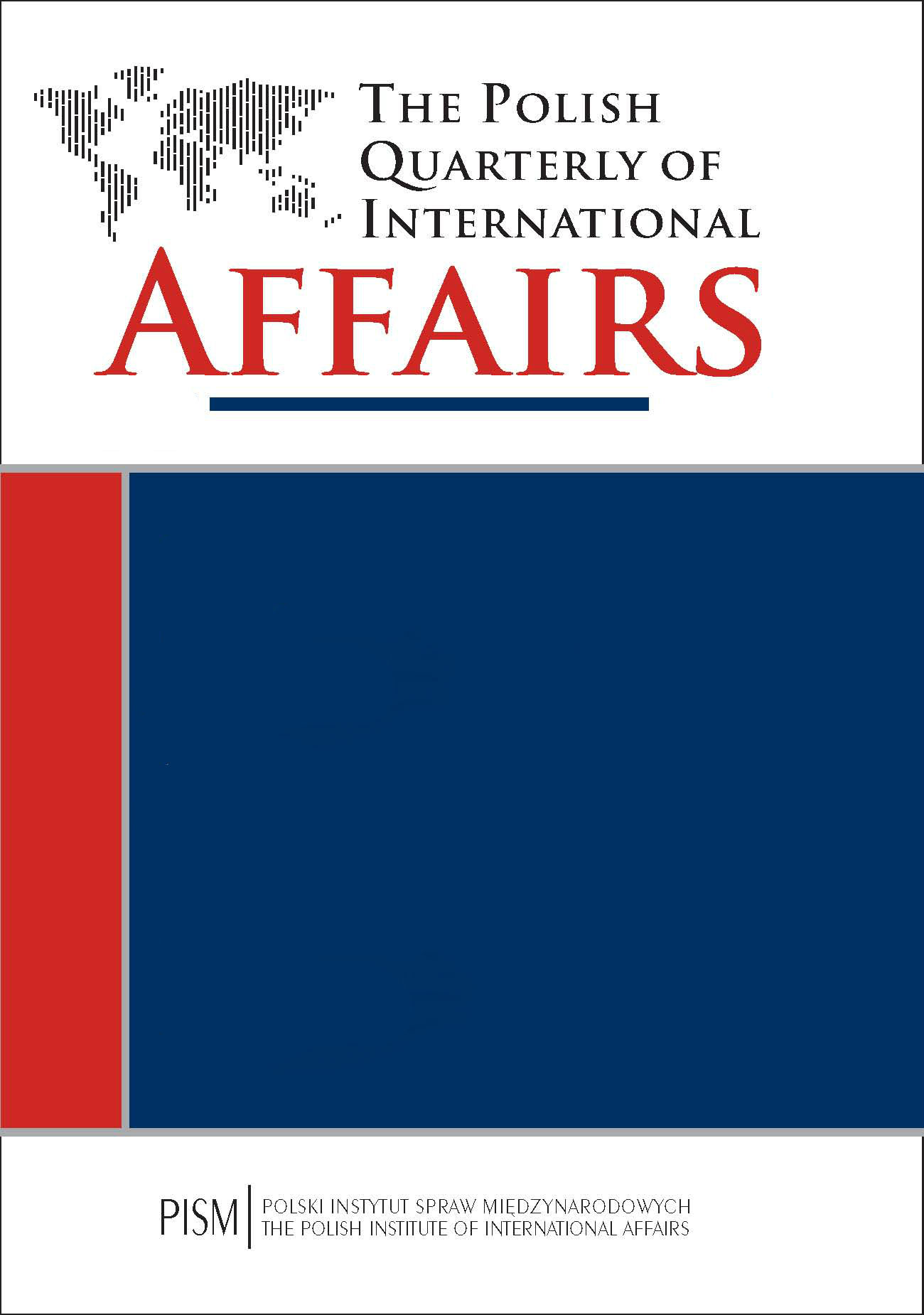The Paramilitary Phenomenon in Central and Eastern Europe
The Paramilitary Phenomenon in Central and Eastern Europe
Author(s): Arthur de LiedekerkeSubject(s): Politics / Political Sciences, Politics, Security and defense, Military policy
Published by: PISM Polski Instytut Spraw Międzynarodowych
Keywords: central europe;eastern europe;
Summary/Abstract: One of the less publicised consequences of the geopolitical turmoil that has come to characterise recent years has been the surge in the popularity of paramilitary units across Central and Eastern Europe (CEE). Although the groups operating in this region share a number of features, including military training, uniforms, and in some cases access to weapons, they have varying degrees of state support and legitimacy, depending largely on the nature of the perceived threat and their ideological foundations. In the Baltics and, to a lesser degree, in Poland, these organisations have been a traditional feature of national defence, or been harnessed by the authorities to ensure they operate in accordance with the law and within the scope of the interests of state. In Central Europe, however, they tend to be xenophobic, anti-democratic vigilante groups with the potential to become destabilising factors in the long run.
Journal: The Polish Quarterly of International Affairs
- Issue Year: 25/2016
- Issue No: 2
- Page Range: 26-34
- Page Count: 9
- Language: English

